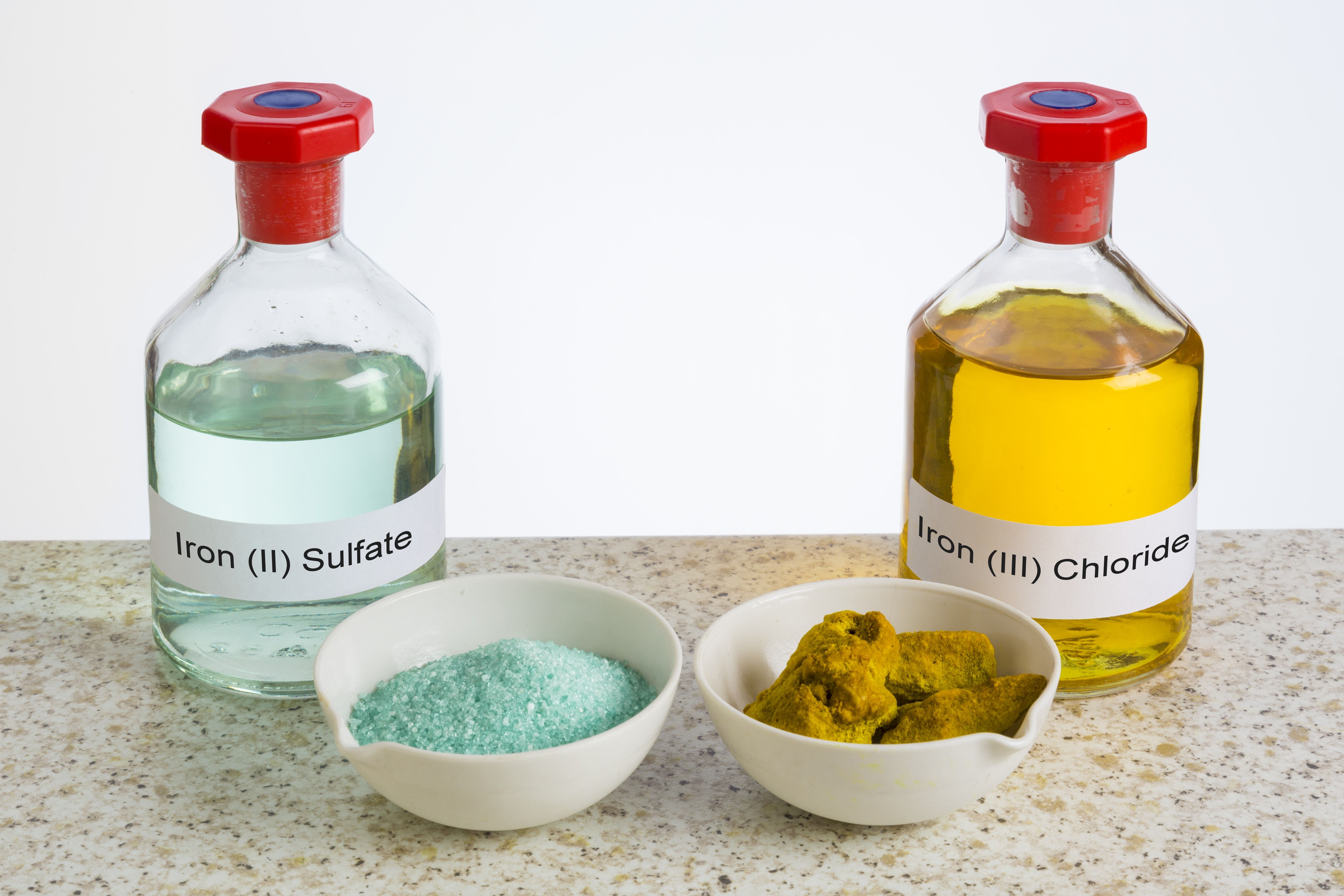By Sam Holyman
Are you concentrating at the end of term? At school we are getting ready for the new academic year, sorting labs, stock taking and making sure everything is labelled. And concentration has become the hot topic of debate!
We use the term concentration all the time, and in everyday life this gets mixed up with strong and weak. Concentration is a measure of how much solute there is compared to the volume of solvent. But strength is a measure of how much a substance ionises when it is put in water. So, ethanoic acid could be concentrated (a lot of acid compared to water) but will always be weak (partially ionises in solution).

When I trained, the unit of choice for concentration was Molarity or M. This fell out of favour with the exam boards in the early part of this century, replaced by mol/dm3 for GCSE and moldm-3 for A Level Chemistry. Molarity, or M, was marginalised to the ‘Extra Information’ in the mark schemes and now it no longer features at all, despite this unit continuing to be used commonly as it is constant even when the temperature of the solute changes.
But the new GCSE specs for first teaching in September 2016 have made the unit of concentration g/dm3; with only GCSE Chemistry having mol/dm3. Our old friend molarity featured in the AQA suggested Required Practical for osmosis, but was quickly amended in later versions.
In contrast, A level Chemistry uses moldm-3. Although the A Level Biology specification does not state the units of concentration, the AQA Required Practical Biology Handbook has concentration measured in a variety of units, including mol dm–3, gdm-3, %. And molarity makes it into the teacher notes.
In some exam questions, the units of a variable are ‘arbitrary units’. This can confuse some students as they feel they aren’t familiar with this unit. It might be worth labeling all solutions with a value in ‘arbitrary units’ that the technicians know is molarity. This would allow students to understand quantitatively the difference in concentration but not manipulate the units given.
In many exam questions there has been a trend for the more modern questions to have the chemical names with oxidation state in brackets within the formula for metal compounds. For example, iron oxide is now iron(III) oxide in exam questions. This again has an impact on the labeling of our chemicals.

We want to encourage our learners to be more independent, so it is important that labels reflect the information that they are expected to interpret and use. So maybe our chemical labels need to have the chemical hazard labels, the name, formula and ideally the concentration in g/dm3, then in smaller font moldm-3.

Sam Holyman is Second in Science at Aylesford School in Warwick, and formerly West Midlands ASE President. She is also author of a number of best-selling science textbooks for KS3 and GCSE (including the AQA GCSE Foundation: Combined Science Trilogy and Entry Level Certificate Student Book), and a keen advocate of innovative teaching and learning. She was nominated in the Teacher Scientist category for the Science Council’s 100 leading practising scientists, is a Chartered Science Teacher, and has recently been awarded a CPD Quality mark.
Also from Sam Holyman
✔️Insights from the 2019 AQA GCSE Combined Science Trilogy exams
✔️Are you (and your team) getting the most from your appraisals?
